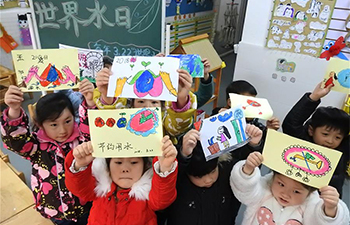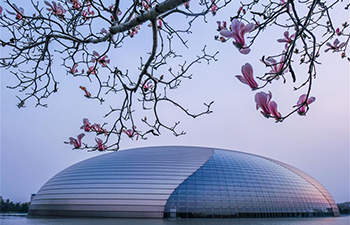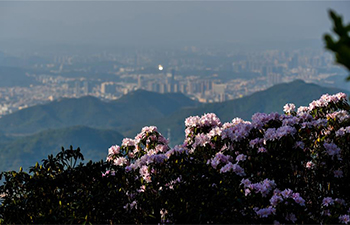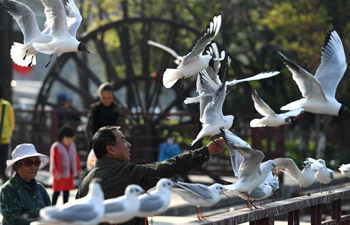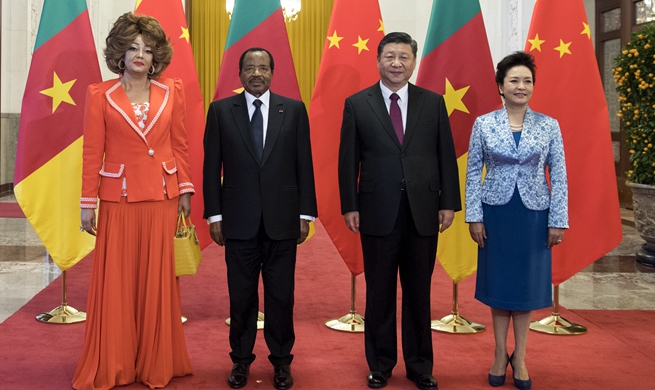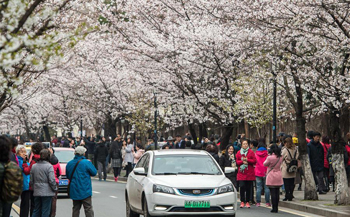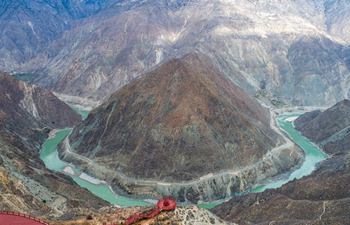WUHAN, March 24 (Xinhua) -- A series of "sponge city" projects are underway in Wuhan, capital of central China's Hubei Province, a sprawling metropolis in the middle reaches of Yangtze River.
Renovation of the embankment area in Qingshan District is the projects, said Xue Bo, director of the reform and development commission in Qingshan District.
The 9-km-long embankment was previously used as a transportation artery for trucks, but has now been turned into a green park with strong environmental protection features, he said.
The local government invested about two billion yuan (about 317 million U.S. dollars) to plant greens, reinforce the river bank and build water-permeable roads,
More projects are in the pipeline, including upgrading the sewerage system, and building new roads. The total investment is 9.5 billion yuan.
"The 'sponge city' projects are aimed at retaining water and recycling rainfall. They help reduce flooding and curb soil erosion. The practice is also being used in cities in Guangdong, Fujian and Guangxi," said Han Gangping, chief engineer of the renovation project.
China has around 600 cities, of which about 400 lack water. Cities in southern China in particular wrestle with the dual challenges of water scarcity and urban flooding -- problems that have been magnified by this summer's heavy rainfall.
According to a timetable released by the Chinese government in October 2015, 20 percent of China's cities should have modern sewerage systems and infrastructure allowing efficient rainwater absorption by 2020, with the number rising to 80 percent by 2030.






